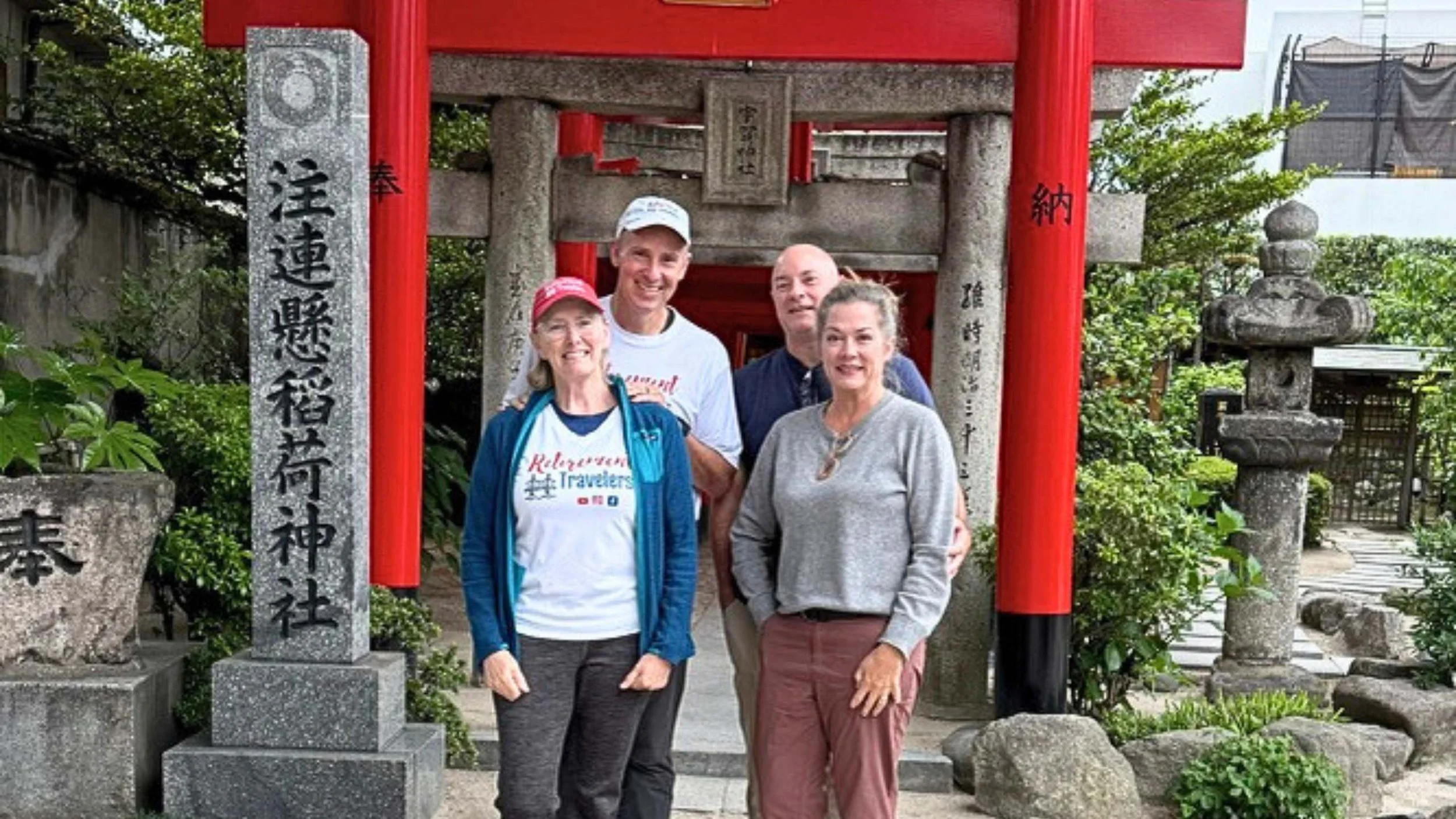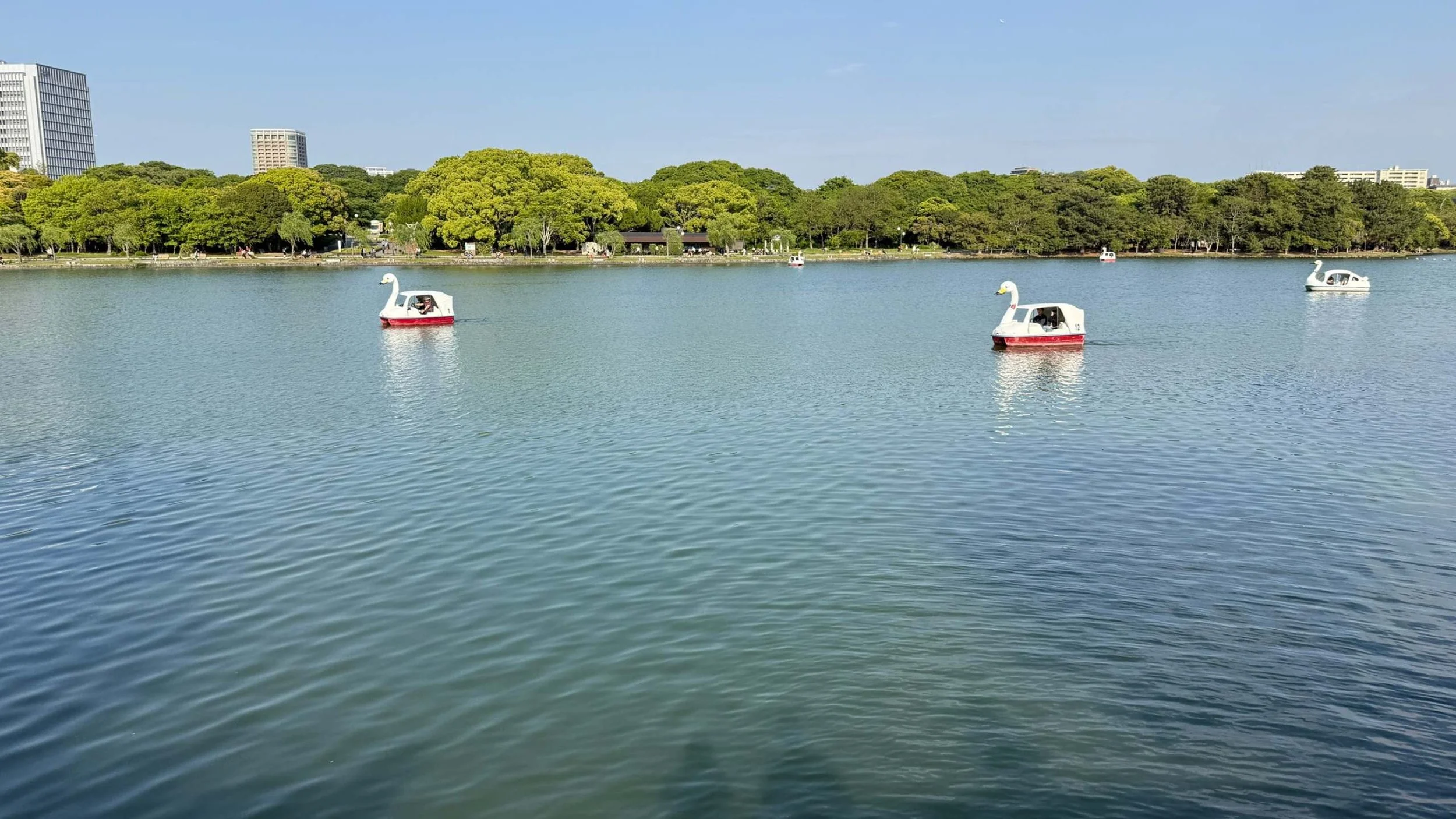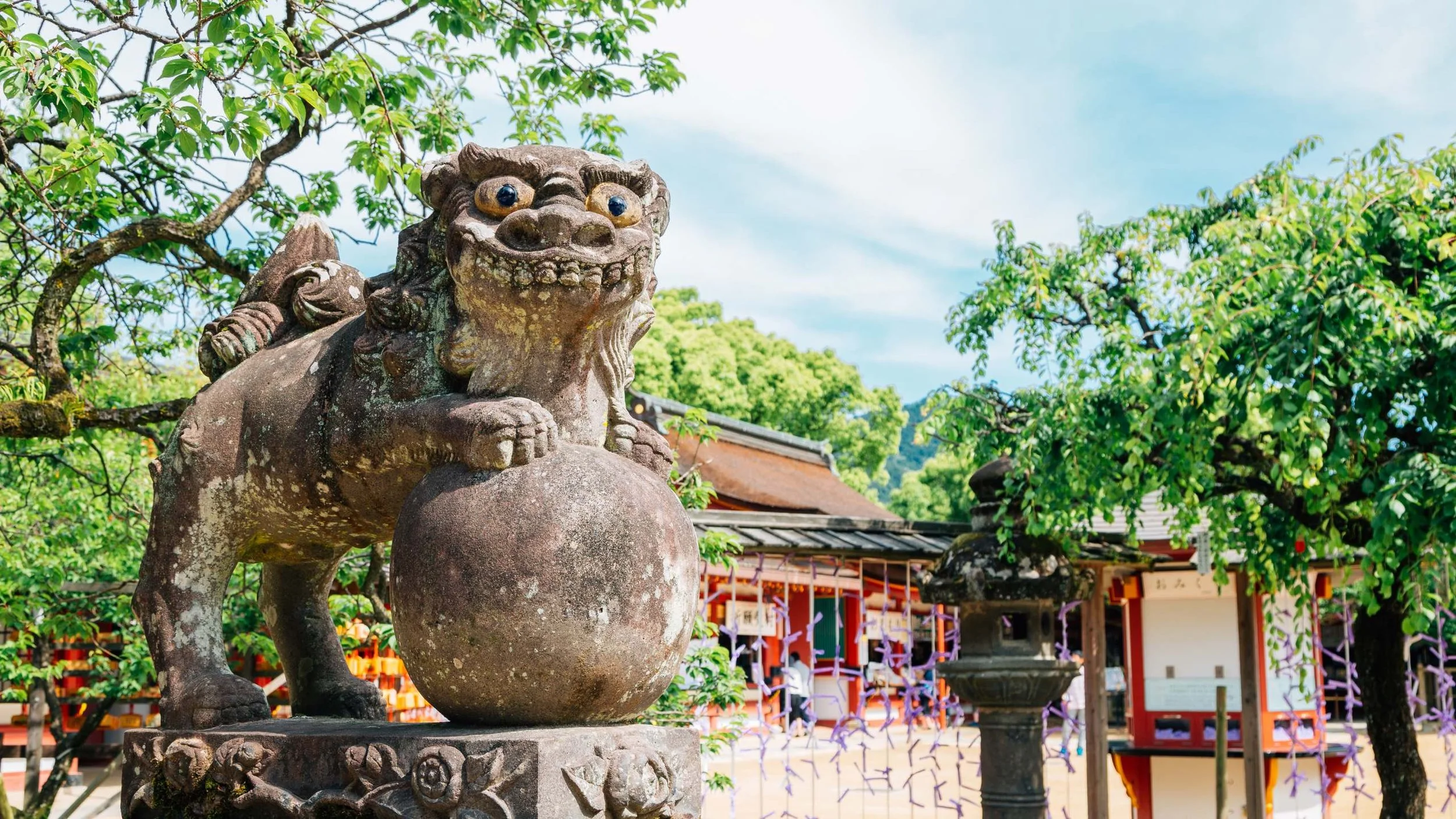12 Unique Things to Do in Fukuoka
Located on Kyushu Island in southern Japan, Fukuoka is the largest city in the region and one of Japan’s major urban centers. Interestingly, the city was originally two separate towns that later merged into one. While the attractions in Fukuoka might not carry the same fame as Tokyo or Kyoto, after making our way through our Japan itinerary with Fukuoka as the first stop, we can confidently say it’s one of the country’s most underrated cities. However, it’s certainly not a hidden gem to those familiar with Japan.
With over 2,000 years of history as a trading hub, Fukuoka is renowned for its temples, beaches, and vibrant food scene. It’s a sought-after vacation destination for domestic tourists and a culinary paradise for international travelers, thanks to its close proximity to the mainland. Below is a curated list of unique things to do in Fukuoka that will help you plan your visit and discover why it’s one of the best places to visit in Kyushu.
Unique Things to Do in Fukuoka
Fukuoka Tower
In true Retirement Travelers fashion, we began our visit by finding the highest vantage point in the city – Fukuoka Tower. Standing at 768 feet, it’s Japan’s tallest seaside tower, offering panoramic views of Hakata Bay and the surrounding cityscape from its observation deck. It’s the perfect introduction to the city’s layout.
Hakata Old Town
Hakata Old Town, the historic heart of Fukuoka, was once a thriving port city. Today, it remains a cultural hub, most notable for its temples. Passing through the iconic yellow gates of Hakata Sennen-no-Mon, you’ll enter a district brimming with some of the best places to visit in Fukuoka. A highlight is the Tochoji Temple, the oldest Shingon Buddhist temple in Japan, dating back to the 9th century. The nearby five-story pagoda, completed in 2011, constructed entirely without nails is equally impressive. Don’t miss the Kushida Shrine, established in the mid-700s, which hosts the famous 13-meter-tall float carried on the backs of participants of the Hakata Gion Yamakasa Festival, a UNESCO Intangible Cultural Heritage event that takes place in July.
Ohori Park
One of the must-do activities in Fukuoka is a leisurely stroll around Ohori Park, a beautifully landscaped area surrounding a lake with bridges running through it. Paddle boats are available for rent if you’d like to enjoy the view from the water. The park features a traditional Japanese garden, a Zen-inducing space replete with koi ponds, rock arrangements, and raked gravel patterns. Nearby, get inspired at the Fukuoka Art Museum, which houses an eclectic mix of prehistoric to contemporary works by local and revered international artists.
Fukuoka Castle Ruins
Adjacent to Ohori Park, you’ll find the Fukuoka Castle ruins, once the largest castle on Kyushu Island. Built in the 18th century, it was mostly destroyed by the mid-1900s, but its remains have been designated a National Historical Site and preserved within Maizuru Park. The park is a popular spot during cherry blossom season in early April, and visitors often rent kimonos for photos among the blooms, backed by the Fukuoka Castle. History enthusiasts will also appreciate the nearby Korokan Historical Museum, containing archaeological excavations and exhibitions that detail Japan’s relations with China and Korea during the Heian period (794 – 1,185).
Dazaifu Tenmangu Shrine
Located on the outskirts of Fukuoka, Dazaifu Tenmangu Shrine is one of Japan’s most important Tenjin shrines, dedicated to the scholar Sugawara no Michizane. Built over his grave, it’s a common pilgrimage site for students praying for academic success, and rubbing ox statues for good luck, which are associated with Tenjin shrines. The shrine grounds feature around 6,000 plum trees, Michizane’s favorite, and the atmosphere is particularly magical thanks to the wind chimes.
The path that leads to the shrine is lined with street food stalls serving every snack under the sun. The thing to try here is the red bean bun – a Dazaifu specialty. Refueled, continue your visit with a stop at the nearby Kyushu National Museum, where relics from Japan’s prehistoric to Edo periods are displayed in a strikingly modern building.
Nanzion Temple
A 26-minute train ride from Hakata Station brings you to Nanzion Temple, home to the famous Reclining Buddha, the largest of its kind in the world. Before reaching the temple, you’ll cross the Melody Bridge, built like a xylophone that plays music when struck with a mallet. The serene temple grounds are dotted with statues, but the focal point is the massive bronze Buddha, weighing 300 tons, filled with ashes of Buddhist disciples. The soles of its feet are intricately decorated with gold patterns, and for a small offering, you can say a prayer while holding a ribbon tied to Buddha’s hand.
Nokonoshima Island Park
Just a 10-minute ferry ride from Fukuoka’s Meinohama ferry terminal, Nokonoshima Island Park, formerly a potato farm, offers a peaceful escape with flower gardens that bloom year-round. The park’s colors shift with the seasons, making it a popular destination, but the experience is best between spring and fall. Bikes are not permitted on the premises but well-paved walking trails make it easy to explore the park on foot.
Canal City Mall
Although malls don’t usually make it onto our itinerary, Canal City Mall is an exception. Designed with canals, fountains, and gardens woven through it, it elevates the shopping experience for Japanese souvenirs. The mall also features a “Ramen Stadium” – a cluster of noodle shops serving dishes from all over Japan. And in the main atrium, there is a music fountain show every hour.
Best Food in Fukuoka
Hakata Ramen
Yes, Fukuoka’s sights are incredible but let’s be honest: the food is the real draw! Like hot pot is to China, ramen is the unofficial national dish of Japan. Each region has its own version, but Fukuoka is the birthplace of the original – Hakata ramen. Also known as tonkatsu ramen, this hearty noodle soup dish is silky and rich thanks to the pork bone broth, accompanied by braised pork belly and toppings.
There is no better place to indulge in this iconic dish than at Ichiran, the holy grail of the ramen world. This chain of restaurants specializing in tonkatsu ramen started as a stall in 1960 and today has branches in locations like New York and Hong Kong. The flagship restaurant located within Ichiran HQ is the best place to have your first real Hakata ramen bowl. The dining experience is unique, with each customer seated in a private booth, prefaced with an efficient customizable vending machine-style order system.
Yatai Street Food
Fukuoka is also known for its yatai street food stalls, a longstanding part of Japanese culinary culture. These stalls can be found all over Japan but Fukuoka has the highest concentration. They emerge at sunset, set up efficiently, and stay until well into the night. Before you know it, the entire street is lined and queues start to form. Although they serve simple dishes, it is some of the best food in Fukuoka. The most popular spots are located across Nakasu Island and Tenjin.
Each yatai specializes in a particular dish. Some must-tries include Hakata ramen, gyoza (pot stickers), yakitori (assortment of skewers), and tempura. The communal atmosphere and live cooking make this a quintessential Fukuoka experience. We loved our stall hopping experience on Nakasa Island right by the river, offering charming views to accompany our meals.
Day Trips from Fukuoka
Yanagawa Canal City
An hour from Fukuoka lays the real canal city Yanagawa often called the “Venice of Japan” thanks to its 577 miles of willow-lined canals, which were originally built for irrigation during the 17th century. Traditional boats guided by singing oarsmen offer a romantic way to explore the town. After your picturesque boat tour, try the local specialty: unagi no seiro-mushi, a freshwater steamed eel bento box that was invented in Yanagawa over 300 years ago by the restaurant Ganso Motoyoshiya.
Futumiguara Beach
A visit to Fukuoka is not complete without visiting its pristine beaches. Itoshima Peninsula is home to some of Japan’s top-rated beaches, excellent hiking trails, and picturesque spots like Futamiguara Beach just an hour from Fukuoka. Here you’ll find the famous Wedded Rocks connected by a rope, framed by a traditional white tori gate. The area around Futamiguara Beach features a boardwalk and surf-themed eateries, easily covered on foot or by rental bike. Renting a car is the best way to explore the more spread-out attractions of Itoshima Peninsula like Mount Tateishi and Shiraito Waterfall popular during spring and summer.
Through these unique things to do in Fukuoka, you get a glimpse into Japan beyond the well-worn tourist path, making it a great addition to your Japan itinerary. Which of these attractions in Fukuoka was your favorite?





